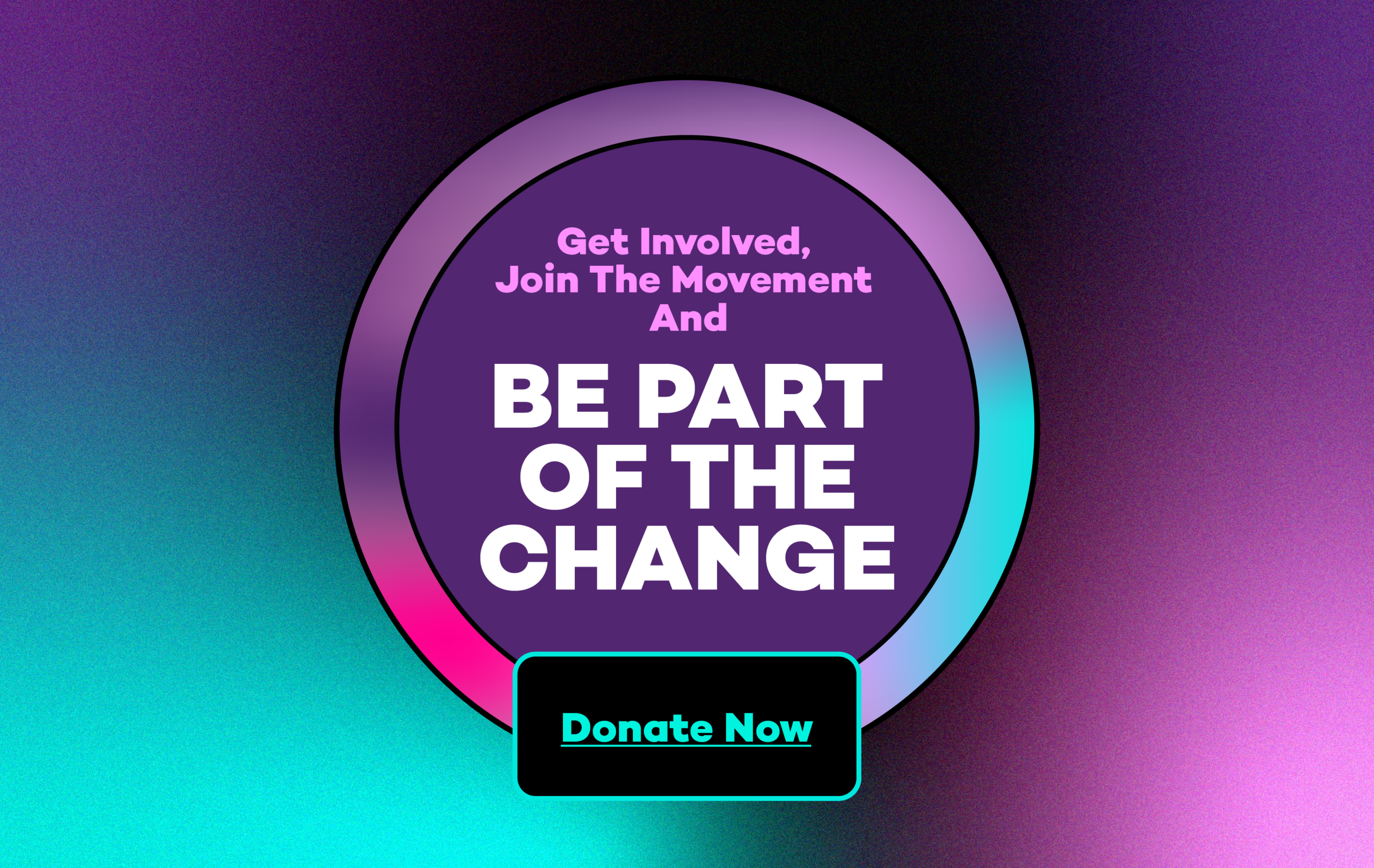‘It spreads like a disease’: how pro-eating-disorder videos reach teens on TikTok
Instagram has attracted a firestorm after whistleblower Frances Haugen revealed internal research showing the platform downplayed proof of its toxic effects – including the rise of eating disorders – on children.
But such issues are not limited to the Facebook-owned social media company. The Guardian has found a variety of harmful pro-anorexia hashtags remain searchable on the popular video-sharing app TikTok, where corresponding videos have billions of views combined.
‘More dangerous than Instagram’
Todd said that TikTok, compared with Instagram, may actually be “more dangerous” because of the demographics of its users. The video app surpassed 1 billion active monthly users in September, 60% of whom are between the ages of 16 and 24.
TikTok-specific features have prompted a number of concerns unique to the platform, research from UltraViolet found. TikTok’s “For You” page, a feed of videos from accounts users may not even follow that is recommended by an algorithm based on viewing history, makes it possible for problematic content to start “trending” with little friction. One experiment by the Lowy Institute found, for example, that TikTok’s politically neutral feed turned conservative and far-right in just a day of looping, liking and sharing certain content.
Todd said TikTok’s use of augmented reality camera filters can also contribute to negative body image, especially for young girls. While both Snapchat and Instagram have said they won’t allow filters that promote or mimic plastic surgery, TikTok has dozens of beauty filters that let young girls change their skin, face shape, body shape and more.
“This contributes to creating an impossible standard of beauty,” she said.
